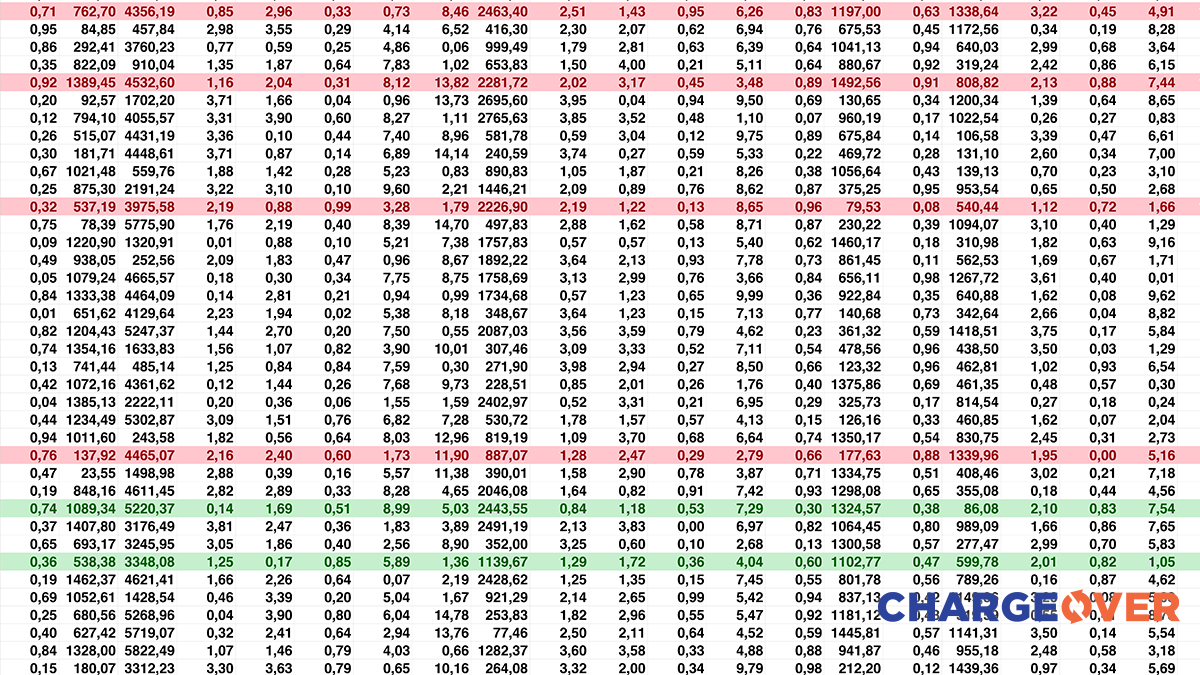As a SaaS CEO, you’re likely focused on scaling your business, optimizing operations, and making strategic decisions. However, one area that can be a hidden drain on resources is the recurring billing process. While it might seem straightforward, many CEOs don’t realize the profound impact that manual or inefficient billing can have on their operations, decision-making, and long-term growth.
In this post, we’ll explore the benefits of automating your recurring billing process and how it can significantly enhance your business operations—improving reporting, boosting efficiency, and ensuring you’re ready to scale.
The Hidden Costs of Manual Recurring Billing
Handling billing manually can feel manageable when you’re just starting out, but as your customer base grows, the complexity of managing invoices, subscriptions, and payments multiplies. Manual processes are prone to human error, lead to delayed payments, and create inefficiencies that ripple through the business.
For SaaS CEOs, the real cost of manual billing is often underestimated. These processes consume time and resources that could be better spent elsewhere, such as product development or customer acquisition. Additionally, errors in billing or delays in invoicing can affect your cash flow, leaving you with less flexibility to invest in growth.
Without automation, your team is tied up with repetitive tasks that don’t scale easily, and your ability to adapt quickly to changes—whether it’s pricing updates or customer growth—becomes limited.
Automation Improves Decision-Making Through Better Reporting
One of the most critical advantages of automated recurring billing platforms is access to better, real-time reporting. Accurate, up-to-date financial data is essential for CEOs who need to make fast and informed decisions. With manual systems, reporting is often delayed or incomplete, leaving you in the dark about your true financial position.
Automated platforms provide detailed insights into revenue trends, customer retention, and subscription behaviors. This data allows you to identify patterns early, enabling you to adjust strategies before small issues become big problems. You can also generate reports on demand, giving you the flexibility to make quicker decisions based on accurate data.
Better reporting doesn’t just help you react to challenges; it empowers you to plan for growth. Automated systems make it easier to forecast future revenue, helping you allocate resources effectively and invest with confidence.
Efficiency Gains for the Entire Team
Another key benefit of automation is the efficiency it brings to your entire team. Instead of dedicating hours to manually creating and managing invoices, your finance team can shift their focus to more strategic tasks that drive the business forward.
Automated recurring billing systems streamline the invoicing process by handling it end-to-end—generating invoices, processing payments, and reconciling accounts. Additionally, many platforms offer intuitive, user-friendly interfaces, meaning your team doesn’t need specialized technical expertise to operate them.
These efficiency gains translate into tangible cost savings and operational improvements. A well-automated billing system not only minimizes the risk of error but also reduces the time spent chasing late payments or resolving disputes. The result? A more productive, focused team that contributes to the company’s broader goals.
Scaling with a Flexible Billing Platform
As your SaaS business grows, so does the complexity of your billing needs. What works when you have 50 customers may not scale when you reach 5,000. This is where automated recurring billing platforms shine.
These platforms are built to grow with you, offering the flexibility to handle increased volume and complexity without missing a beat. They can manage a variety of billing cycles, currencies, and payment methods, all while ensuring that your processes remain streamlined and error-free.
Moreover, automated platforms are highly customizable, allowing you to configure billing rules, discounts, and pricing models to fit your specific needs. Whether you’re introducing a new subscription tier or expanding into new markets, an automated billing solution can adapt to your changing requirements.
Avoiding Common Pitfalls: Integrating with Payment Gateways and Accounting Platforms
While the benefits of automation are clear, it’s crucial to avoid common pitfalls when implementing an automated billing system. One of the biggest challenges SaaS businesses face is a lack of integration between their billing platform, payment gateway, and accounting software like QuickBooks or Xero.
Without seamless integration, your team could find themselves manually syncing payments and revenue data between systems—defeating the purpose of automation. This creates inefficiencies and increases the risk of errors in your financial reporting. When choosing a recurring billing platform, make sure it integrates easily with your existing systems to ensure smooth workflows and complete automation across the board.
Conclusion
Automating your recurring billing process is one of the smartest moves a SaaS CEO can make. From improving decision-making with better reporting to boosting your team’s efficiency and providing the flexibility to scale, automated billing platforms are designed to support your growth at every stage.
By avoiding common pitfalls, like ensuring integration between your payment gateway and accounting software, you’ll be positioned to focus on what truly matters—driving your business forward. Investing in a robust, automated recurring billing system ensures that as your company grows, your billing processes remain efficient, scalable, and error-free.
Transform Your Billing Experience
Your results are just the beginning. Learn how to optimize your billing and scale your success.


